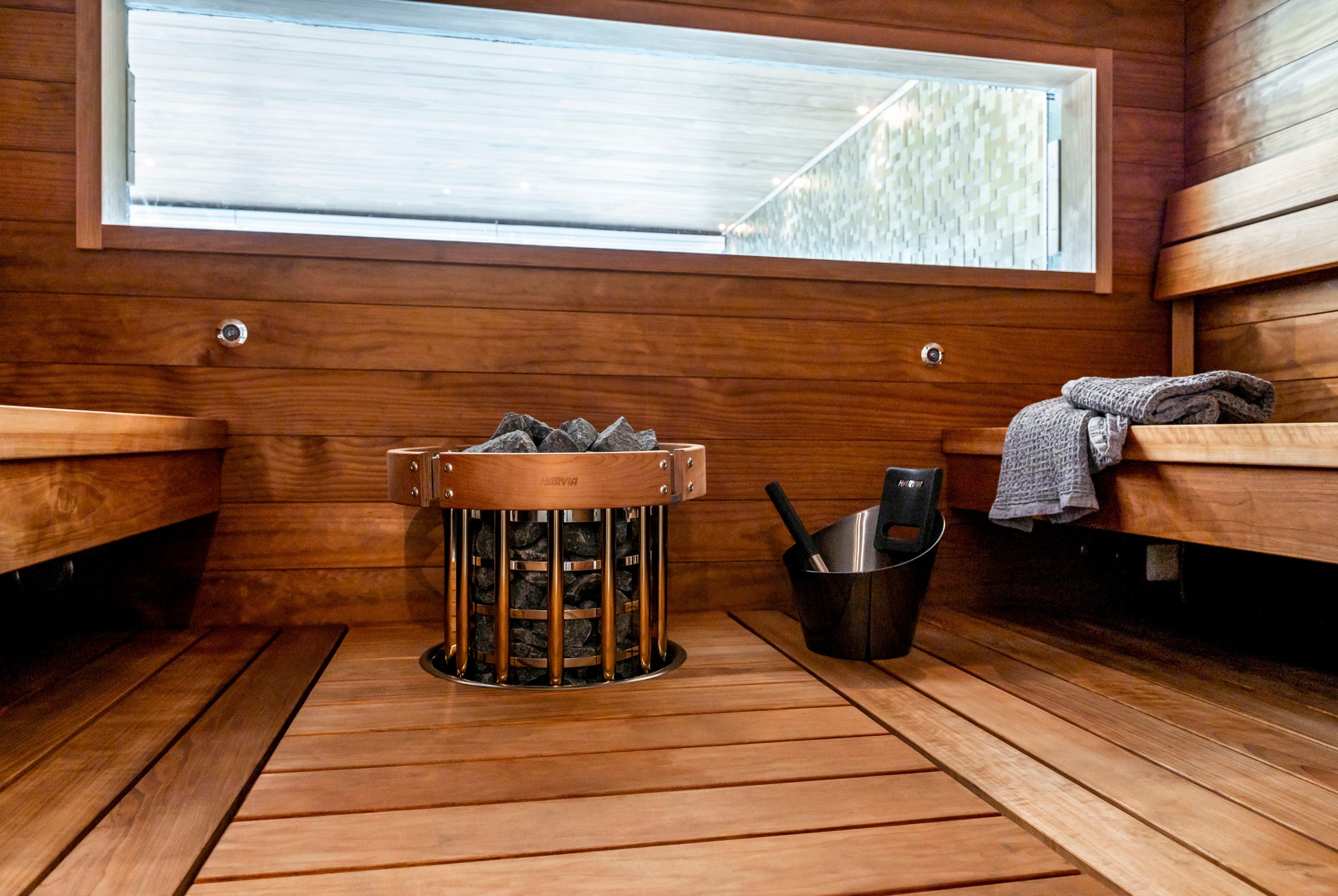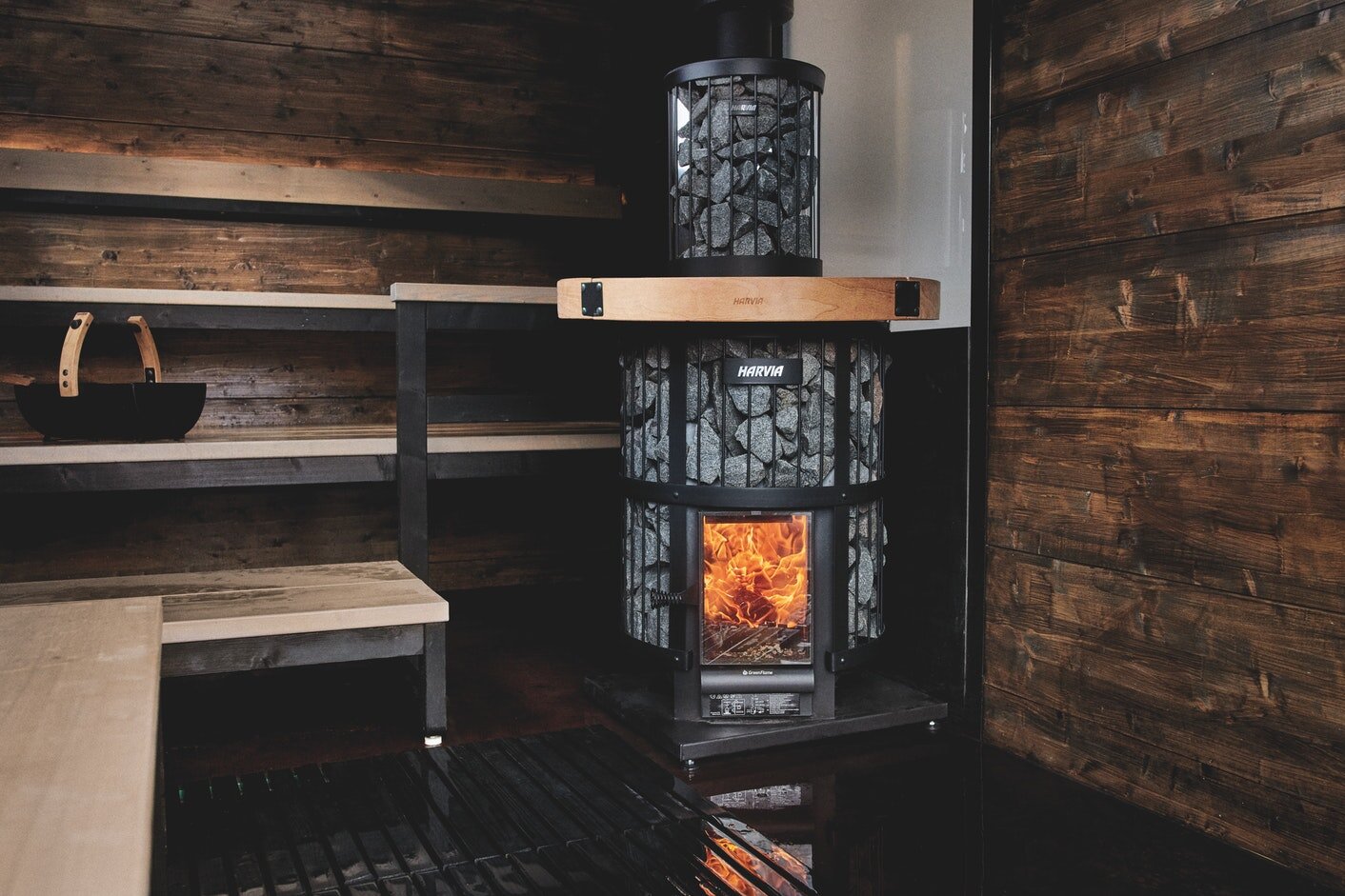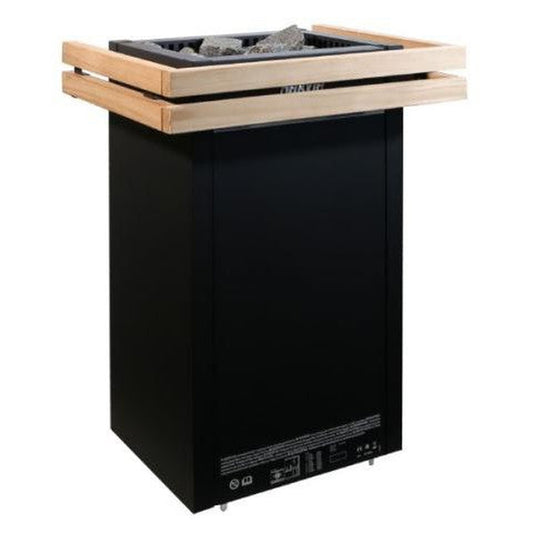SKU:HL3M
Harvia 23" Wood Safety Rail for Virta Series HL110/HL70SA/HL90SA
Harvia 23" Wood Safety Rail for Virta Series HL110/HL70SA/HL90SA
Regular price
$383.00
Regular price
$425.00
Sale price
$383.00
Unit price
per
Couldn't load pickup availability
Estimated Delivery Date: Between Saturday, Mar 29 and Monday, Apr 7 to all states excl. Alaska & Hawaii if ordered in the next 3 hours 41 minutes 25 seconds.
- Free Shipping on Orders Over $300
- Same-Day Order Processing
- Easy Monthly Installments Starting at 0% APR*
• Text or call 800-614-7411
• Email support@usbathstore.com
• Start a live chat
Our team is available to serve you 8:00 AM - 11:59 PM ET, 7 days a week.
Share
Discover more from Harvia
See all from Harvia →Harvia 10-15cm Natural Split Face Sauna Heater Stones
Regular price $55Regular price Sale price $55Unit price perHarvia M3 16.5 kW Black Stainless Steel Wood-Burning Sauna Stove
Regular price $1,099.99Regular price Sale price $1,099.99Unit price perHarvia Linear 17.9 kW Black Stainless Steel Wood-Burning Sauna Stove
Regular price $754Regular priceUnit price per$838Sale price $754Harvia Sauna 4.5" Wood Stove Pipe Adapter
Regular price $104Regular priceUnit price per$115Sale price $104Harvia KIP80B 8 kW 240V 1PH Stainless Steel Wall Mounted Electric Sauna Heater With Built-in Time and Temperature Controls
Regular price $988Regular priceUnit price per$1,098Sale price $988Harvia Xenio Digital Control for Sauna Heaters up to 17kW
Regular price $1,051Regular priceUnit price per$1,168Sale price $1,051
You may also like
See all from the sauna accessory category →HUMM Small 33 lbs 2" - 4" Gray Rounded Olivine Granite Sauna Heater Stones
Regular price $65Regular price Sale price $65Unit price perEnlighten Sauna Medical-Grade Chromotherapy
Regular price $350Regular priceUnit price per$495Sale price $350Enlighten Sauna Salt Therapy Generator
Regular price $1,195Regular priceUnit price per$1,595Sale price $1,195Thermometer for Dundalk LeisureCraft Sauna
Regular price $87Regular price Sale price $87Unit price perHUMM UKU Local 2" x 1" x 4" Digital On - Off, Time, Temperature Controller Black Finish For Sauna Heater
Regular price $859Regular price Sale price $859Unit price perHUUM 16-Ft Flexible LED Strip Universal Sauna Light Kit
Regular price $298.5Regular price Sale price $298.5Unit price per
Complete your sauna package
See all sauna accessories →Enlighten Sauna Salt Therapy Generator
Regular price $1,195Regular priceUnit price per$1,595Sale price $1,195Enlighten Sauna Medical-Grade Chromotherapy
Regular price $350Regular priceUnit price per$495Sale price $350Enlighten Sauna Full Spectrum Door Heater
Regular price $550Regular priceUnit price per$695Sale price $550Dundalk LeisureCraft Canadian Timber Savannah Standing Outdoor Shower
Regular price $1,299.99Regular price Sale price $1,299.99Unit price perEnlighten Sauna Bench Cushion For Sierra & Rustic Saunas
Regular price $295Regular priceUnit price per$395Sale price $295
Stay cozy with a towel warmer
See all towel warmers →Amba Radiant Straight 10-Bar Satin Brass Hardwired and Plug-In Combo Towel Warmer
Regular price $570Regular price Sale price $570Unit price perCozy in Paris Rhea 24" x 55" 400 W 475 BTU Chrome Electric Heating Wall-Mounted Towel Warmer
Regular price $949Regular price Sale price $949Unit price perAmba Jeeves D Straight 20-Bar Polished Stainless Steel Finish Hardwired Towel Warmer
Regular price $1,740Regular price Sale price $1,740Unit price perWarmlyYours Vida 24" x 59" Polished Stainless Steel Wall-Mounted 21-Bar Hardwired Towel Warmer
Regular price $570Regular priceUnit price per$600Sale price $570Amba Cape 2332 12-Straight Bar Hardwired Polished Stainless Steel Towel Warmer
Regular price $650Regular price Sale price $650Unit price perAmba Traditional 25" 8-Bar Brushed Bronze Hardwired Towel Warmer
Regular price $1,540Regular price Sale price $1,540Unit price per
What our customers are saying...
-

What an excellent company and excellent products. Just like the old days when companies really cared about their customers, these guys are awesome!!!
Betty C.
Warminster, Pennsylvania
-

I was greeting in chat soon after logging into their web. She was genuine and very helpful in getting me the correct items I needed. The communication about shipping and tracking was great as well. My mind was at ease concerning my investment purchase! Thank you!
Jolene
San Jose, California
-

I've been extremely imporessed with the service--from the actual humans answeing phone calls to the accurate and prompt follow up, including and unrequested phone call to follow up on my order delivery requests.
Monica
Fairfax County, Virginia










































































































